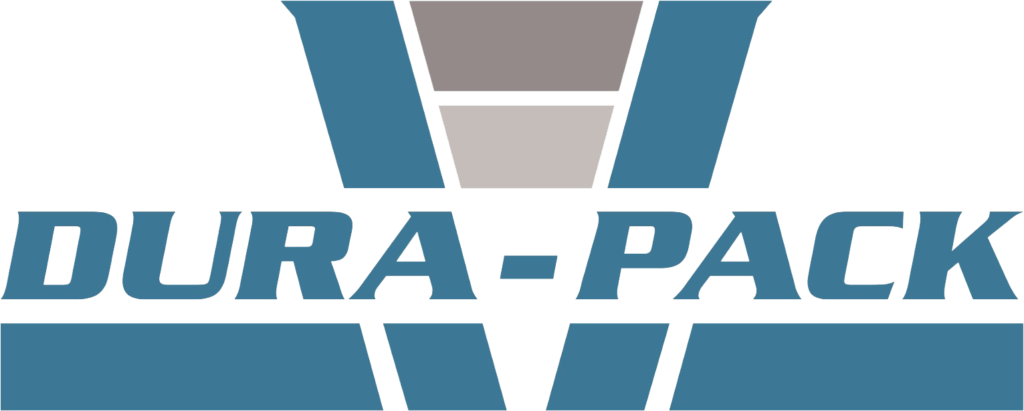From brand owners and retailers, to packaging converters, manufacturers, and suppliers, many value-based businesses are concerned with the future of sustainable packaging, as well as their consumers. The current literature reflects that 37% of U.S. consumers prioritize sustainability when making buying decisions, while 30% of consumers are willing to pay a premium for products that deliver on sustainability claims. In the past ten years we have seen a movement towards eliminating single-use plastics, utilization of starch-based packaging, and a push to reduce, reuse, and recycle. And yet, with the onset of COVID-19, fast tracking e-commerce usage has presented unique concerns regarding the future of sustainable packaging. Healthcare delivery in particular relies on plastic products in order to meet essential needs better than any other material can. The demand of Personal Protective Equipment (PPE) both in terms of medical equipment, as well as resources utilized by businesses (such as plastic dividers to ensure social distancing), alone caused a notable increase in plastic use over the past year and a half. While we have the growing understanding that resources like biodegradable packaging are optimal and the recycling of ocean plastics promote a circular economy, reciprocal interaction between product and consumer is a space for further conversation.
The pandemic not only brought us a year of increased plastic use and e-commerce exchange, but a sensational application used by many across the world: TikTok. TikTok is one of the world’s largest social media platforms, and its userbase is still growing. At this time, the application has over one billion active users across the world. While 50% of TikTok’s global audience is under the age of 34, Generation Z- the generation that will undoubtedly carry the weight of the climate crisis on their shoulders- has been paramount in the growing popularity of the application.
Between curated content characterized by a “for you page” and the ability to interact with communities of interest, TikTok has been popularized by the prevalence of trends, such as dance challenges for popular songs or videos aligned with popular in-app filters. The algorithm prioritizes content that fits certain online trends that are popular at the moment. Over the last few months, we have seen an emergence of one trend in particular: #EcoTok. #EcoTok, which is considered a subculture within the application, initially served as a labyrinth for aesthetic pleasure, focusing on refilling cereal containers and restocking personal hygienic products. While these videos are ridiculously satisfying to watch, for many, they have been the first exposure regarding efforts towards sustainability. While some may utilize the application as a cyberspace of dissociation, after a few minutes of scrolling, it becomes clear: TikTok can serve as a space for collaboration and education, particularly around the topic of sustainable packaging.
#Ecotok has become a collaborative of environmental educations and consumers who share practical knowledge on sustainable living. From videos regarding conscious consumerism to bulk-buying, users are presented with a variety of options on where to begin their sustainable efforts. For example, bulk buying has grown in popularity on the application, and we know an easy way to make a dent in plastic use is to buy in bulk, as it helps us to save on packaging waste. Bulk buying can also decrease consumer cost, as well as minimize transport pollution. Furthermore, TikTok has presented its users with accounts promoting bulk online stores that sell a range of products and these stores stand out with their packaging (or lack thereof), creating a space of not only theoretical knowledge but practical application, as well.
So, what does the future of sustainable packaging look like? I believe it will look like the marrying of both business and consumer efforts to engage in low-impact living, characterized by the influence of social media. Social media provides a comprehensive space for engagement and without engagement in a platform, such as sustainability efforts, there is not enough exposure. However, when you can create successful exposure, like TikTok has, you not only create engagement, but excitement. Creating trends regarding sustainability efforts, such as sustainable packaging, is a timely and effective way to make it a reality. As Ann Marie Bonneau stated, “We don’t need a handful of people doing zero waste perfectly. We need millions of people doing it imperfectly.”
Works Cited:
Sustainable packaging: A high priority for your customer. Korpack. (2021, July 8).
Essay by: Jonathan Wheeler
California State University, Fresno

